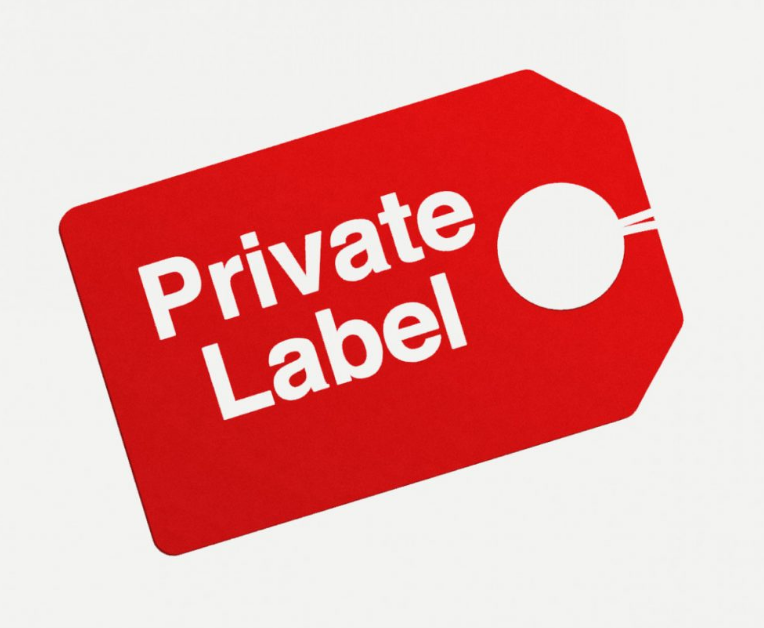Launching a private label brand in 2025 is perhaps one of the best strategies to create a lucrative, long-term eCommerce business. Global sourcing platforms making it easier to find manufacturers, having access to manufacturing at ease, and surging demand for differentiated products mean there’s never been more chance for an entrepreneur to establish their own branded line. However, it needs strategy, planning, and action.
This easy-to-follow tutorial will guide you through how to begin your private label business in 2025, even if you have no experience.
What Is a Private Label Brand?
A private label product is a line of products you source from a third-party factory and sell bearing your own brand name. You don’t own the factory, but you own the branding, packaging, price, and marketing — more profit and greater brand equity.
Examples:
AmazonBasics (Amazon’s own)
Equate (Walmart’s own)
Your own personal skincare, kitchen tools, fitness equipment, or supplements — all made by others, but branded by you.
Step-by-Step Guide to Launched Your Private Label Brand in 2025
Step 1: Select a Profitable Niche
Your niche decides your market, competition, and probable margins.
How to select a niche:
- Search for common-use products with regular demand.
- Steer clear of extreme-trendy or seasonal-only goods (unless you intend to have fast cycles).
- Select light, non-breakable products to reduce shipping expenses.
Niche Ideas for 2025
Green home accessories
Skincare and cosmetics
Pet supplies
Intelligent gadgets or accessories
Fitness recovery equipment
Step 2: Do Market Research
Before you build a product, know what your audience needs.
Utilize tools such as:
Jungle Scout / Helium 10 (for Amazon trending products)
Google Trends (to verify seasonal demand)
Reddit / Quora (to study consumer pain points)
Competitor analysis (What are others lacking? Read reviews!)
Pro Tip: Check 3-star reviews. They will usually show issues you can resolve with your product.
Step 3: Find a Reputable Manufacturer
You’ll require a supplier that provides private label solutions and is willing to customize.
Where do you source suppliers:
Alibaba
IndiaMart
GlobalSources
US/EU-based manufacturers (for quicker shipping but more expensive)
Ask these from suppliers:
MOQ (Minimum Order Quantity)
Private label or OEM capability
Sample delivery
Product customization options
Test out several suppliers. Order samples, inspect quality, and negotiate terms.
Step 4: Develop Your Brand Identity
A good brand is more than a logo — it’s the trust and emotion your product embodies.
Define:
Brand name (simple to remember and descriptive of your niche)
Logo (clean, modern, adaptable)
Color scheme & pack style
Brand tone (playful, high-end, green, etc.)
Utilize design tools like Canva, Looka, or hire a designer on Fiverr or Upwork for branding.
Step 5: Develop a High-Converting Product Listing
Your web presence is the sales rep for your product.
Invest in
- High-quality product photos (in-use, lifestyle, white background)
- Benefit-driven clear product descriptions
- SEO-optimized keywords (Amazon, Shopify, Etsy, etc.)
- Customer-centric copywriting
Tip: Emphasize your unique value proposition — what’s better about your brand?
Step 6: Select Your Selling Platform
You may sell through one or several channels.
Top platforms in 2025
Amazon FBA – easiest for traffic & fulfillment, but competitive
Shopify Store – for complete control and branding
Etsy – if your private label is artistic or handmade
TikTok Shop / Instagram Shop – new trend for Gen Z-targeted brands
Step 7: Order Your First Inventory Batch
Begin small — try the market without betting the farm.
Tips:
Start with MOQ or test small batch
Consider shipping time (particularly from China/India)
Implement third-party inspection services to guarantee quality
Organize warehousing (Amazon FBA, 3PL, or personal garage)
Step 8: Launch and Market Your Product
It’s showtime! Now drive traffic and sales to your brand.
Launch tactics:
Run PPC ads (Amazon Sponsored Ads, Google Shopping, Meta Ads)
Leverage influencers (particularly micro-influencers for affordability)
Use launch discounts / bundles
Gather reviews quickly — they increase conversion rate
Tap social media
Produce Instagram/TikTok Reels, YouTube shorts, and UGC (User Generated Content) to establish trust and viewership.
Step 9: Analyze & Optimize
After launching, monitor your performance and continue to optimize.
Monitor metrics such as:
- Conversion rate
- Return rate
- Review ratings
- Ad ROAS (Return on Ad Spend)
- Inventory turnover
Adjust pricing, listings, and marketing based on what works best.
Step 10: Scale Your Brand
After becoming profitable, reinvest to grow.
How to scale:
Roll out new product variations
Sell internationally (Amazon EU, etc.)
Develop brand collaborations
Gather your own email list & customer community
Explore wholesale or retail partnerships
Remember: Start lean, test smart, and scale strategically.

